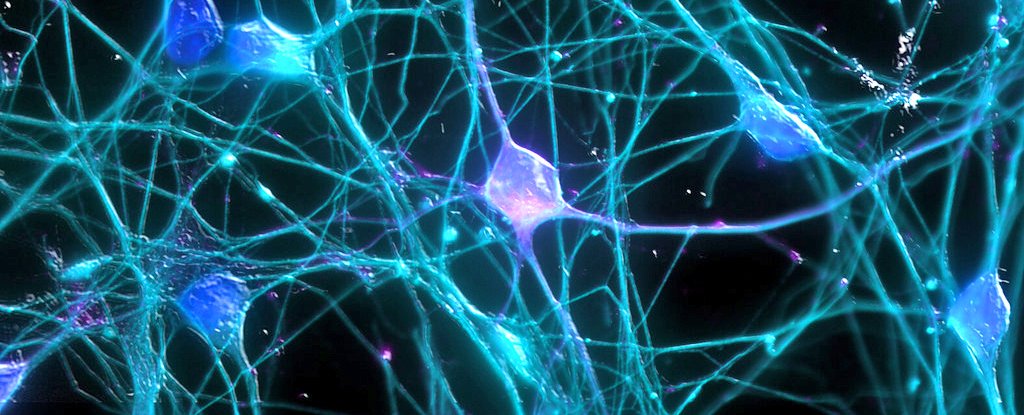Scientists have figured out how to help nerve fibres repair themselves!
https://leapflash.blogspot.com/2016/10/scientists-have-figured-out-how-to-help.html

Scientists have figured out how to make nerve fibres repair themselves in mice, having identified a gene that inhibits fibre regrowth when nerve connections become damaged.
This gene, called Cacna2d2, acts as 'molecular brake', but now that we know how to turn the brake off, it could help us to develop treatments for conditions like paralysis and other spinal cord injuries.A team from the German Centre for Neurodegenerative Diseases (DZNE) began their research with the hypothesis that such a molecular brake naturally exists - something that stops neurons growing when we become adults and our bodies are fully formed.
But finding such a mechanism was like "looking for the proverbial needle in the haystack", according to lead researcher Frank Bradke.
By using a data-crunching approach called bioinformatics - where computers analyse and interpret biological information - the team eventually zeroed in on the gene they were looking for.
"Ultimately, we were able to identify a promising candidate," says Bradke. "This gene, known as Cacna2d2, plays an important role in synapse formation and function, in other words in bridging the final gap between nerve cells."
Cacna2d2 acts as a blueprint for a protein that regulates the flow of calcium particles into cells - and calcium levels in turn affect the release of neurotransmitters, which are like messengers that travel across the synapses.
But the same mechanism is also what appears to inhibit bridges call between neurons - called axons - from growing.To test whether the gene was indeed acting as a molecular brake, the researchers administered a drug called Pregabalin (PGB) to mice with spinal cord injuries. PGB is known to have a binding effect on these calcium channels, and is often taken to relieve pain from damaged nerves, and in the treatment of epilespy.
When the team gave PGB to the mice in the experiments, the researchers observed new nerve connections beginning to grow.
"Our study shows that synapse formation acts as a powerful switch that restrains axonal growth," says Bradke. "A clinically-relevant drug can manipulate this effect."
Last year, Bradke and his team found certain cancer drugs could also have restorative effects on nerve cells, in part by limiting the growth of scar tissue. They say it's too soon to tell whether there's any link between the two treatments yet, but they intend to investigate this in future study.
Getting damaged neurons to reestablish their connections is a large medical jigsaw puzzle with many different pieces, but we're gradually discovering more and more of them. Earlier this year, researchers in the US found a link between mitochondria - the power supplies in cells - and nerve cell regrowth in mice.
We're still a way away from being able to reverse spinal cord damage, though, as the positive results in the latest experiments have so far have only involved mice. And there's no guarantee the same effect will be observed in humans, should new clinical trials with PGB be carried out.
That said, the researchers are hopeful about the potential.
"PGB might have a regenerative effect in patients, if it is given soon enough," says Bradke. "In the long term, this could lead to a new treatment approach. However, we don't know yet."
The findings have been published in Neuron.


